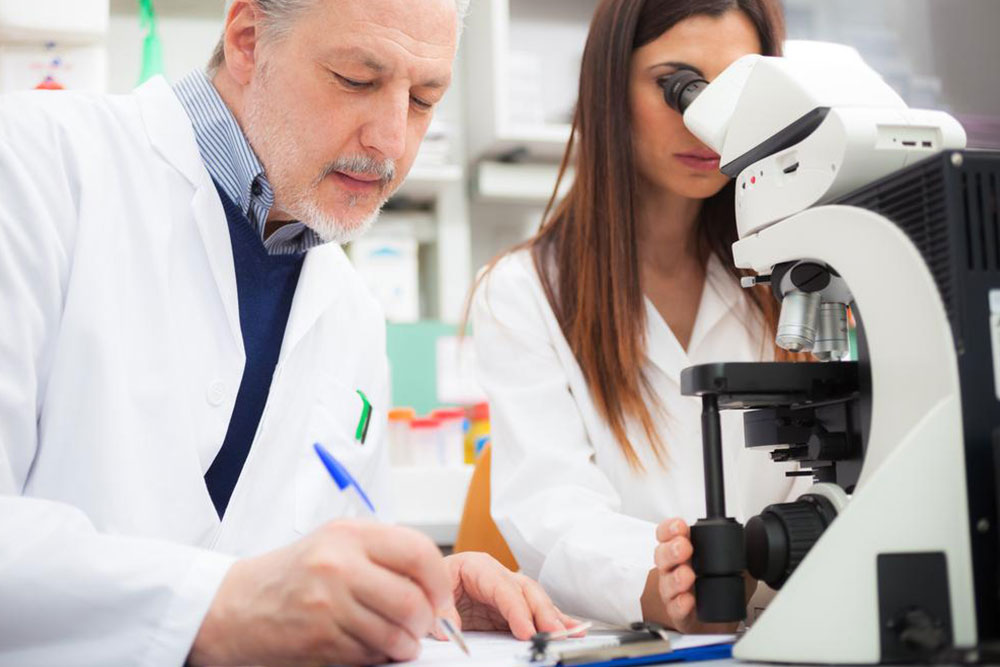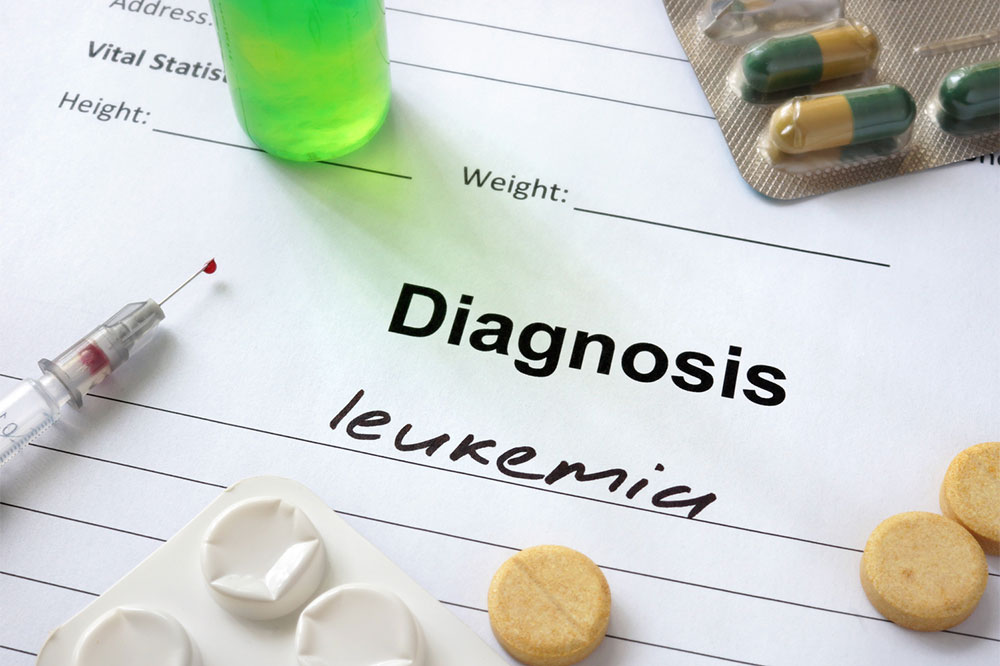Recognizing Signs and Symptoms of Leukemia
Leukemia is a blood cancer characterized by abnormal white blood cell growth. Recognizing early symptoms such as frequent infections, anemia, fatigue, and unusual bleeding is crucial for timely diagnosis. Treatment options include chemotherapy, targeted therapy, and stem cell transplants, with prognosis depending on the leukemia type. Regular check-ups and awareness of symptoms can significantly improve outcomes and survival rates.

Recognizing Signs and Symptoms of Leukemia
Leukemia is a cancer originating from blood-forming tissues such as the bone marrow, leading to abnormal growth of white blood cells. The exact cause remains unknown, but risk factors include genetic predisposition, exposure to certain chemicals and radiation, and bone marrow issues.
Types of Leukemia
The disease progresses slowly in chronic leukemia and rapidly in acute leukemia. It is classified based on affected blood cells:
• Acute lymphoblastic leukemia (ALL), which impacts lymphocytes and develops quickly
• Chronic lymphocytic leukemia (CLL), affecting lymphocytes but progressing slowly
• Acute myeloid leukemia (AML), which attacks granulocytes rapidly
• Chronic myeloid leukemia (CML), involving granulocytes with slow progression
Symptoms emerge when white blood cell production disrupts normal blood function, causing issues such as:
• Recurrent infections, due to malfunctioning white cells
• Anemia, affecting red blood cell count
• Fatigue, weakness, and breathlessness
• Bone pain or tenderness, especially in children with ALL
• Unusual bruising or bleeding, including petechiae, gum bleeding, or nosebleeds
• Heavy menstrual flow in women
Often, leukemia symptoms resemble cold or flu signs and may go unnoticed. Persistent symptoms or frequent illnesses should prompt seeking medical advice. Diagnosis involves physical exams, blood tests, or bone marrow biopsies. Treatment varies; acute leukemia often cures with standard therapies, whereas chronic forms may be managed but rarely cured. Options include chemotherapy, targeted therapy, radiation, biological treatments, and stem cell transplants. Treatment choices depend on age, overall health, and leukemia type. Recognizing early symptoms aids timely diagnosis and improved outcomes.










